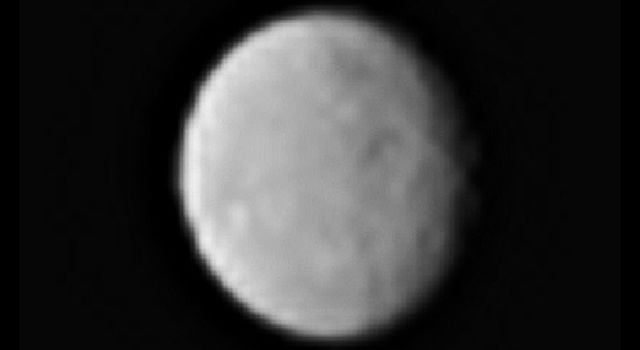Dawn Approaches Ceres

NASA’s Dawn spacecraft was launched in September of 2007 to gather images from some large rocks in the asteroid belt between Mars and Jupiter. Dawn used Mars’ gravity in February of 2009 to accelerate towards the large asteroid Vesta. Dawn spent almost a year scanning Vesta from August 2011 to June 2012. Dawn then headed to Ceres (the largest object in the asteroid belt between Mars and Jupiter) where it is expected to arrive in early March.
Ceres has also had quite a journey within the last 200 years, first being discovered and considered a planet in 1801 by Giuseppe Piazzi (a Sicilian astronomer). It was then later reclassified as an asteroid since it was one of many objects in the asteroid belt. In 2006 Ceres’ classification was again changed to a dwarf planet, meaning it actually has two classifications; an asteroid and a dwarf planet.
Ceres is about the size of Texas and is the smallest known dwarf planet in the solar system. As the Dawn spacecraft approaches Ceres, it tested out its instruments by taking images of the dwarf planet. The newly released pictures show craters and other structures on the surface. Dawn is expected to arrive in orbit around Ceres on March 6th where it will gather the highest resolution images ever taken of the dwarf planet.
Scientists announced early in 2015 that there may be water on Ceres, in the form of vapor plumes that erupt in the sky. Scientists theorize that volcano-like geysers are the delivery mechanism of the vapor plumes. The vapor allows Ceres to have a light atmosphere and that leads scientists to wonder is there may be liquid oceans under the surface. We’ll just have to wait and see what Dawn sends back in the spring!


